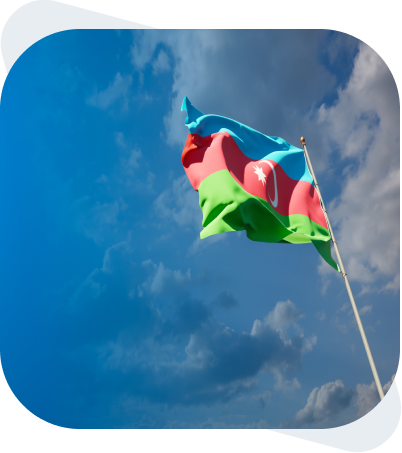Azercell Case Study



As the prominent provider of high-speed mobile data connectivity in the country, Azercell has been launching numerous innovative services over its 4G+ network since 2012.
In 2016, Azercell set a challenging target of increasing the efficiency of its legacy value added services (VAS) operations.
To achieve this goal, Azercell selected our VCP solution to achieve an optimized, flexible and easy framework to manage its service network.
This project was going to be one of the first VAS Consolidation solution deployments of Telenity. The existing applications to be consolidated were having the following features per application;
Migration was another challenge, as all the applications required the use of common subscriber provisioning data, which had to be synchronized with the customer CRM system periodically.


“Our target was to utilize the latest technologies and transform our network for the next generation cloud based solutions. We were aiming to improve the efficiency of our VAS operations through centralized provisioning of the entire service network with a common repository platform. Telenity’s solution provided us a platform that decreased the complexity of our daily operations and significantly reduced the operation cost of managing our Value-Added Services Network.”

All the expected functionality and integration points were laid out on a Scope of Work Document. Since subscription based services were also going to be provided in the new environment, the platform was to also involve a Service Subscription Manager (SSM). Telenity SSM module is a part of our Digital Services Platform solution for 3rd Party Service Provider Enablement. By virtue of the modularity of Telenity product and service components, the integration process went smoothly.
The delivery proceeded in multiple steps:
All the services were deployed to make use of two common shared license pools—one for Messaging Applications, and one for Voice applications—so that applications in each pool are able to extend their capacity usage up to the maximum capacity of the pool.
Project was successfully completed in five months and Azercell launched all services as planned.
However, later, customer decided to decommission MMSC application. Thanks to the Telenity Shared Licensing mechanism, we released all capacity licenses of MMSC to the common Messaging License pool, so customer could utilize the investment made for MMSC and reuse the capacity in other Messaging Applications.
The VCP solution has been running successfully since then. Customer increased the Shared License Pools capacity two times in the following years.


Since the delivery included components from our Digital Services Platform (DSP), Azercell later extended this platform to an initial version of Telenity DSP. This enabled them to add more DSP components, onboard numerous third party services and utilize the full capability of Telenity solutions.
A plan is in the works to extend the existing VCP deployment to the full version of our DSP solution based on NFV infrastructure.
Want to get in touch? We’d love to hear from you.